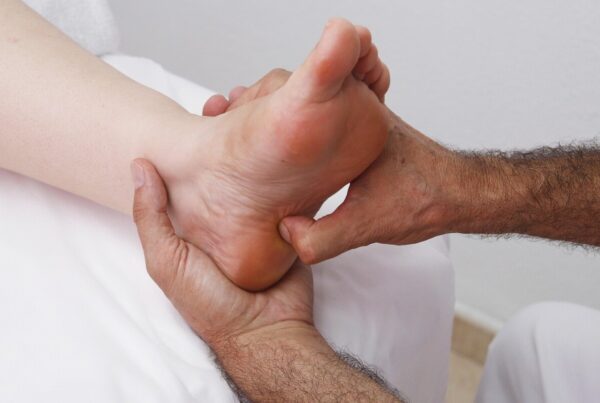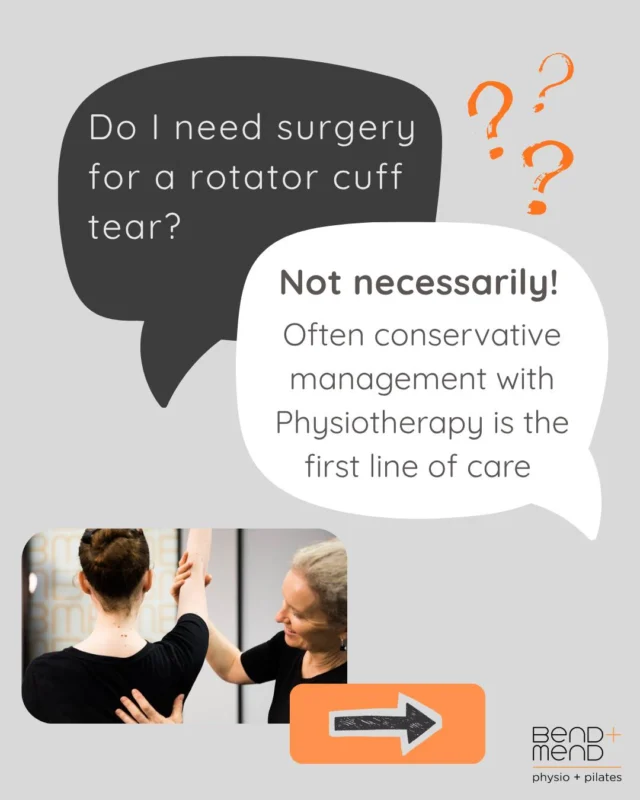Existing data suggests that up to 3 million people suffer from migraines and up to 7 million suffer from headaches in Australia. A reduction in social activities and work capacity has been found in nearly all people who experience migraines and 60% of those with headaches.
The Continuum
There is a substantial amount of good quality research that demonstrates that movement disorders of the upper neck can often be the underlying cause of headache and migraine.
Despite this, the ‘medical model of Headache’ does not take this into account. This can prove to be unhelpful for those who suffer headaches and migraines…
Traditionally, chronic benign headaches have been divided into 2 main types:
- Tension headache
- Migraine
However, there is a growing body of evidence which demonstrates the similarities between tension headaches and migraines. This suggests that rather than having discrete pathophysiological entities, they are on a continuum underpinned by common factors. These factors are: The trigeminal nucleus (part of the brainstem), the neck and chemicals produced by the body. Different combinations of these factors produce different types of headache and migraine symptoms.
The Research
Current research focuses on the the influence of the Trigeminal Cervical Nucleus on headaches and migraines. When this part of the brainstem is sensitised, it increases the messages it sends to the part of the brain that interprets pain, thus creating a noticeable increase in pain experienced.
The Help
Specific manual therapy techniques (performed by Physiotherapists) to the upper segments of the neck can help to desensitise this trigeminal cervical nucleus, which has been shown to significantly reduce headache and migraine symptoms.
Links
http://headacheaustralia.org.au/what-is-headache/prevalence-and-cost-of-headache/
http://watsonheadache.com/headache-and-migraine-the-problem-evidence-and-a-solution/
https://link.springer.com/article/10.1007/s11916-008-0073-7
http://onlinelibrary.wiley.com/doi/10.1111/j.1526-4610.2012.02169.x/full






